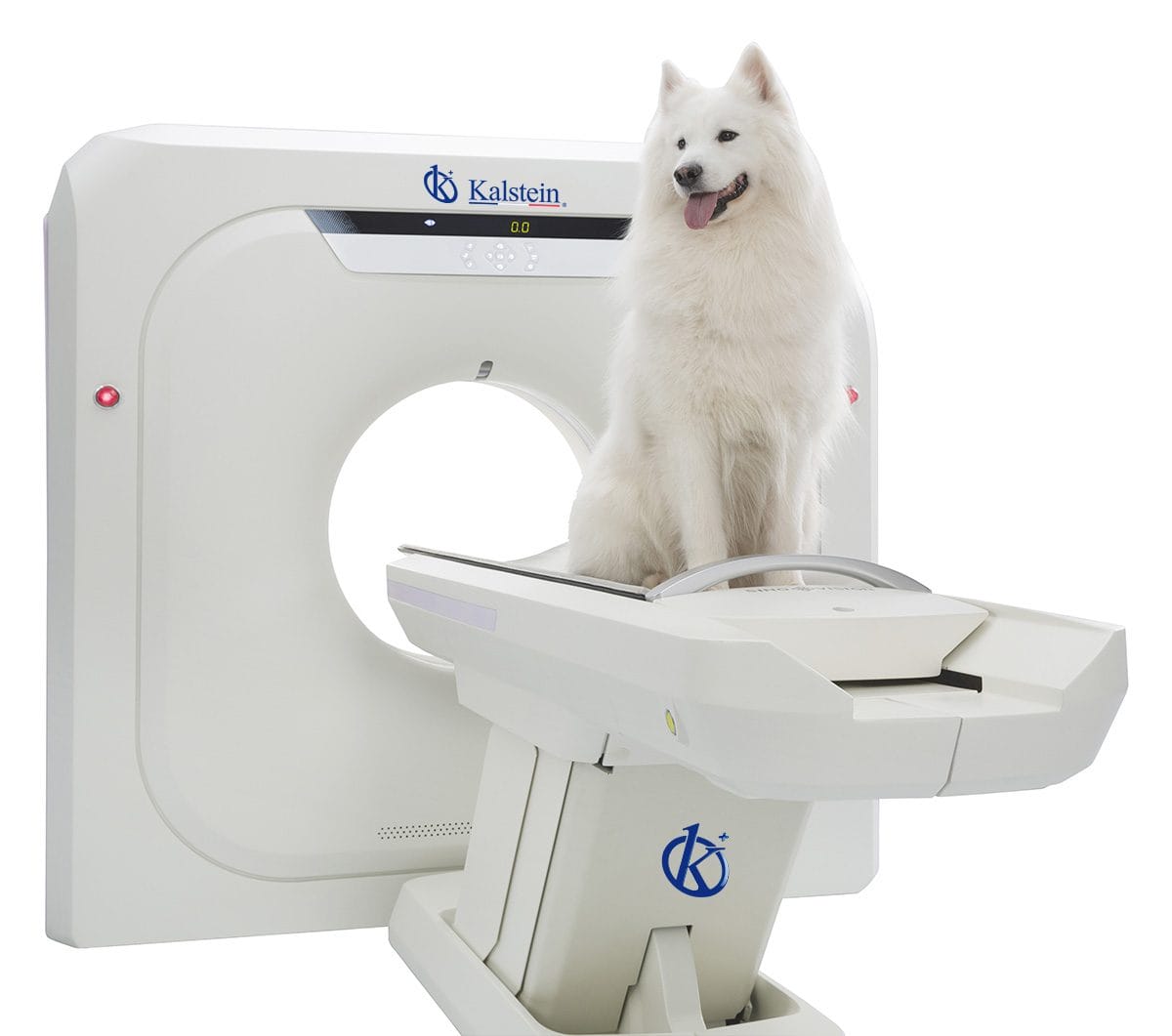The light beam of a spectrophotometer meets the projection of monochromatic luminescence to a sample, which is used to measure the amount of emission absorbed by said sample, also allows giving information on the state of the substance that integrates the sample, and indirectly tell the user what amount of the substance is of interest to him.
Through the light beam, it meets conditions of stability, directionality, continuous spectral energy distribution and long life. The sources used are tungsten lamp (also called tungsten), hollow cathode lamps, and deuterium lamp which is used in atomic laboratories.
Also, there are two main types of spectrophotometers according to the light beam, and they are called: single beam, it is the one that works with the total light projection, that pass through the sample, and the double beam, is divided into two parts and only one part passes through the sample.
Functions of a Beam of Light
This is one of the components of the spectrophotometer, responsible for illuminating the chemical or biological sample to be analyzed. There are two types:
- Single Beam: is an analytical tool in which all light waves emanating from the light source pass through the sample. Therefore, the measurements are taken in how the light intensity, passes through the sample. These single-beam spectrophotometers are more compact and optically simpler than double-beam spectrophotometers.
The detection sensitivity of the light beam, after passing through the sample is high, as it uses an undivided light beam (therefore, there is high energy throughout the process). Single beam spectrophotometers are available in visible wavelength and ultraviolet range analyzes.
- Double Beam: It develops through the beam of light coming from the light source and is divided into two fractions. A fraction acts as a reference (the reference beam), while the other fraction passes through the sample (the sample beam). As a result, the reference beam does not pass through the sample.
The reference beam can measure absorption (the sample beam can be compared to the reference beam). Therefore, absorption is the ratio between the sample beam and a reference beam.
Types of Lights in a Spectrophotometer
The basics of the spectrophotometer, allows to measure the radiation absorbed by a solution, in which determines the concentration of solute or the rate of transformation in a chemical reaction.
Basically, its light functions are necessary in the use of special lamps, among the most common types are:
- The Deuterium and Tungsten Long Life Lamps, capable of providing the best wavelength protection, through the working range of a high performance spectrometer. They are used for wavelengths of visible spectrum and near ultraviolet. These lamps produce a radiant spectrum between 360-950 nm. Deuterium Lamps generate a continuous spectrum in the ultraviolet region between 220-360 nm.
- The Hollow Cathode and Electrode-free Discharge Lamps provide a long-term use for atomic absorption, in addition, it allows its attachment to automation systems and has a design, which has low detection limits, for the most difficult determinations.
Kalstein spectrophotometer
We at Kalstein, are trained to meet the demands of our users, regarding the selection of laboratory equipment, we offer you, spectrophotometers, corresponding to the YR series, which have attractive features, such as: Single beam optical system, grid 1200 lines / mm. You can configure several standard curves according to customer solutions and find the concentration of unknown solutions. Equipped with a 2.5-inch LCD screen, for clear viewing of standard curves and groups of results.
To learn more about our products, visit HERE At Kalstein, as manufacturers, we provide all the advice our customers need, so that their purchase is ideal, and at excellent prices. Come visit us at HERE


